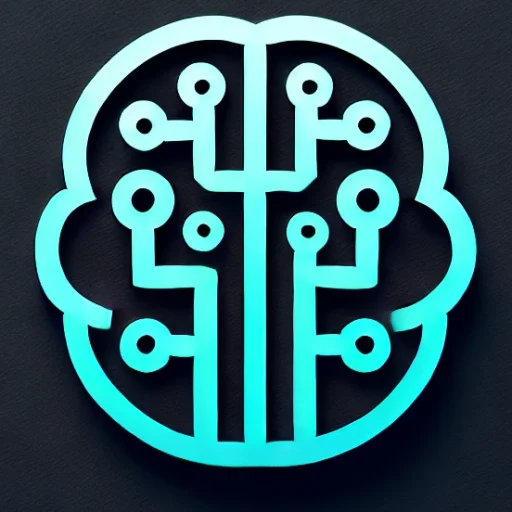
Introduction
In the realm of artificial intelligence, generative AI has emerged as a transformative force, capturing the imagination of industries and individuals alike. From generating stunning pieces of art to composing original music and drafting powerful narratives, generative AI is reshaping the boundaries of creativity and innovation. But what exactly makes this technology so impactful? This blog delves into the latest developments, applications, and challenges surrounding generative AI, highlighting its growing significance in our modern world.
Key Insights & Latest Advancements
Generative AI refers to machine learning models that can produce novel content, be it text, images, or even entire virtual environments. The deployment of powerful models like OpenAI’s GPT series and Google’s DeepMind has marked significant milestones in the field. These models leverage deep learning techniques and vast datasets to understand and mimic human-like creativity. One of the most notable advancements has been in the field of text generation, where AI can now produce coherent, contextually relevant content that is virtually indistinguishable from human writing.
Recent improvements in generative adversarial networks (GANs) have also fueled new possibilities. These developments have enabled models to generate hyper-realistic images and videos, leading to breakthroughs in virtual reality and gaming. The integration of generative AI with other technologies, such as reinforcement learning, has further expanded its versatility and potential applications.
Real-World Applications
Generative AI’s versatility is driving innovation across multiple sectors. In the entertainment industry, AI-generated music and scripts are being used to complement human creativity, providing a new means of inspiration and efficiency. In healthcare, generative AI is being deployed to design novel molecular structures, accelerating drug discovery and development processes.
In marketing and content creation, generative AI tools are automating content generation, enabling personalized marketing strategies at scale. Additionally, in the field of education, AI is creating customized learning materials and even simulating immersive virtual learning environments.
Challenges & Future Outlook
Despite its potential, generative AI poses several challenges. The ethical implications of AI-generated content, particularly in the creation of deepfakes, raise concerns over misinformation and digital security. Ensuring the transparency and accountability of AI systems remains a critical issue, requiring robust regulatory frameworks to mitigate potential misuse.
The future of generative AI lies in augmenting human creativity and fostering collaboration rather than replacement. To achieve this vision, ongoing research and development are essential to refine these models’ accuracy and reduce biases in their outputs.
Conclusion
Generative AI stands at the forefront of technological innovation, promising to redefine creativity and productivity across industries. While its rapid development offers exciting opportunities, it also necessitates careful consideration of ethical and societal impacts. As we continue to explore and harness the potential of generative AI, its integration into our everyday lives will undoubtedly shape the future in unforeseen and perhaps revolutionary ways.
In summary, as we embrace the era of generative AI, understanding and managing its influence will be crucial in ensuring that it serves as a tool for positive advancement and growth.

